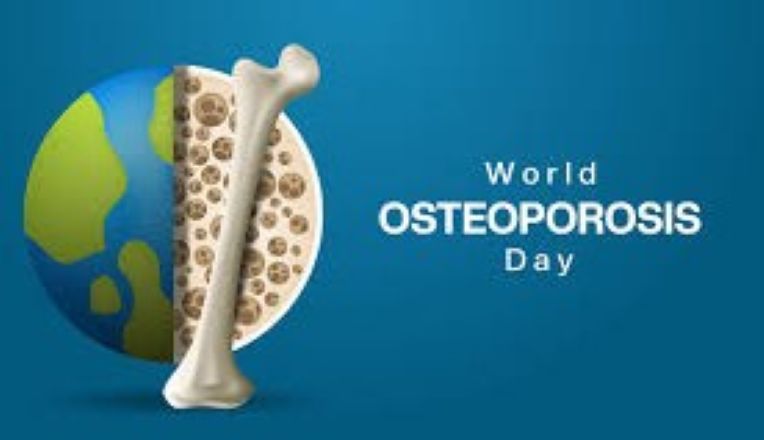Ayurveda offers holistic pathways to strengthen bones and prevent fragility

Team L&M
On the World Osteoporosis Day 2025 (October 20) today, the Ministry of Ayush emphasises the critical need for early preventive care. Further, lifestyle interventions can also address Osteoporosis, it says.
Osteoporosis is a silent yet major public health challenge affecting millions globally. The aim this year is to raise awareness about bone health. And, also stress that Ayurveda offers sustainable, preventive, and restorative solutions for osteoporosis.
Experts characterise Osteoporosis as a common bone condition that weakens the bones. This makes them fragile and more likely to break. It develops slowly over time due to a loss of bone strength and density. Therefore, it is often called a “silent disease” for, it usually shows no symptoms until a fracture occurs. In many cases, the first sign is a bone fracture — often in the hip, wrist, or spine — which can lead to pain, changes in posture such as hunching (kyphosis), and slow recovery after injury.
According to Ayurveda, osteoporosis is primarily associated with the vitiation of Vata dosha. This in turn weakens bone strength and reduces bone density. This classical understanding remarkably parallels modern scientific insights, which link osteoporosis to bone demineralization. Modern science also says that age-related hormonal changes compromise bone health.
Prof. Rabinarayan Acharya, Director General, CCRAS, says, “Osteoporosis is a growing public health challenge, but one that can be effectively addressed through the preventive and restorative wisdom of Ayurveda. The classical concept of Asthi Saushirya aligns closely with modern understanding of bone fragility. Ayurveda’s emphasis on early intervention, balanced diet, and conducive lifestyle provides a natural path toward stronger bones and healthier aging.”
He further adds that the Central Council for Research in Ayurvedic Sciences (CCRAS) has undertaken scientific studies to validate Ayurvedic formulations. Laksha Guggulu and Pravala Pishti are effective in management of osteoporosis. Further these also generate robust evidence on the role of Ayurvedic interventions in musculoskeletal disorders.
Managing Osteoporosis
Ayurveda offers a comprehensive management approach to strengthen bones, restore balance, and prevent degeneration. CCRAS highlights the following key measures:
- Rasayana Therapy (Rejuvenation): Early adoption of rejuvenating formulations strengthens the skeletal system and delays age-related degeneration.
- Snehana (Therapeutic Massage): Using medicated oils like Mahanarayana Taila, Dashamoola Taila, Chandana Bala Lakshadi Taila helps improve bone and joint health by nourishing deep tissues.
- Herbal Formulations: Classical Ayurvedic preparations such as Laksha Guggulu, Maha Yogaraj Guggulu, Pravala Pishti, and Mukta Shukti Bhasma are traditionally used to promote bone strength and aid in healing.
- Vata-Pacifying Diet & Lifestyle: Incorporating foods like kulatthi (horse gram), shunthi (ginger), rasona (garlic), munga (green gram), and kushmanda (ash gourd) along with fruits like pomegranate, mango, and grapes helps maintain bone density and vitality.
- Yoga and Moderate Exercise: Specific asanas enhance flexibility, improve circulation to bones and joints, and prevent stiffness.
On this World Osteoporosis Day 2025, the Ministry of Ayush urges citizens to adopt Ayurvedic preventive measures, balanced nutrition, and gentle physical activity. By integrating these holistic practices into daily life, people can strengthen their bones. This reduces the risk of fractures, and ensure a healthier, more active ageing process.

